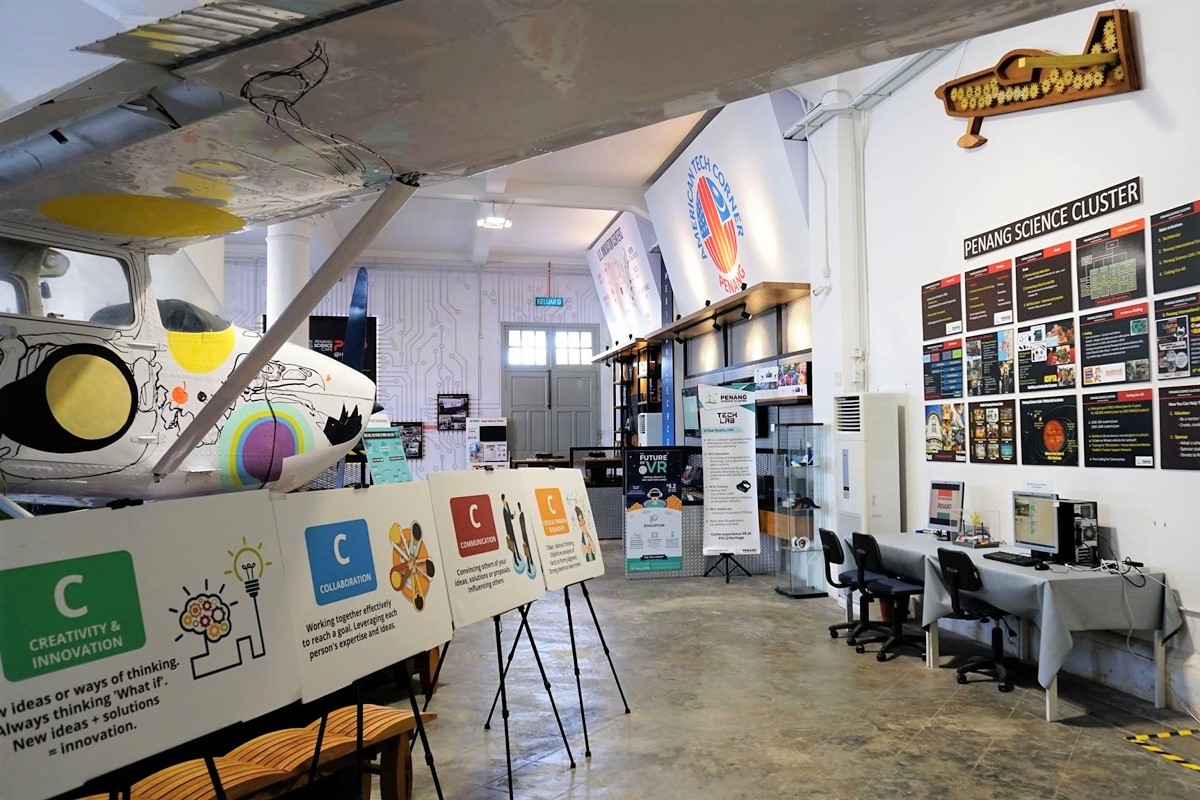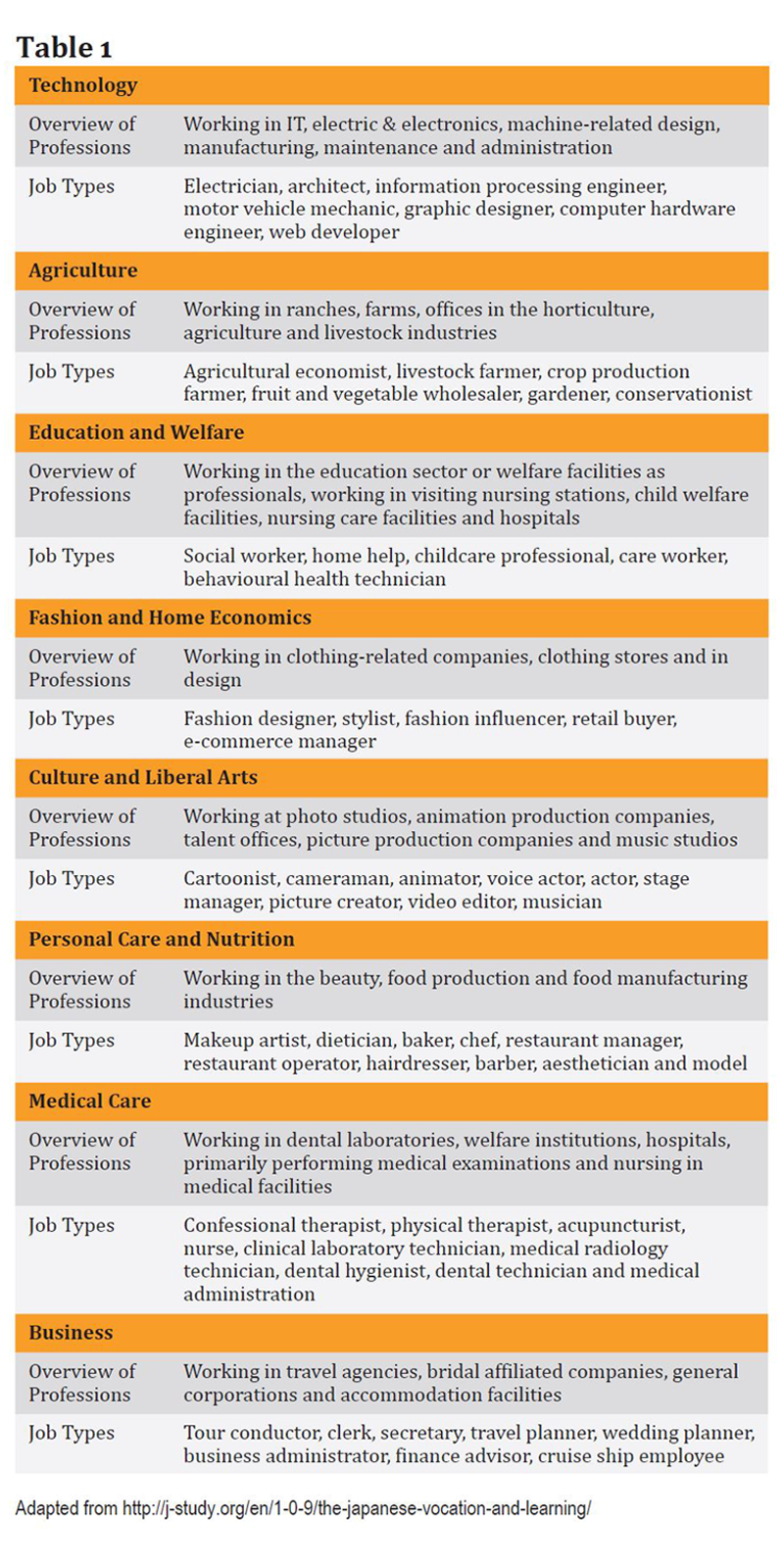Is TVET Not the Obvious Key to a Vibrant Economy?
By Dr. Rahida Aini
FEATURE
IF THERE IS an issue pertaining to Technical and Vocational Education and Training (TVET), it is the bad reputation garnered among urbanite parents. “It is about low-end jobs with low salaries and minimal career advancement prospects,” says Ramona, a parent to a 16-year-old. “On top of that, the working environment in most places is poor.”
This judgement tends to sway students away from TVET and get them to regard it as a second-class option, meant for dropouts.
Parents are prone to be status-conscious, especially where their children are concerned. They would prefer, instead, for their young ones to pursue academic careers rather than vocational training-related jobs. Soraya, a veterinarian and a mother to a 15-year-old says, “Children occasionally make wrong career decisions. We have seen the world more clearly than our children, we don’t want to see them land up making wrong decisions.”
My husband and I were of the same mind when it came to our children’s education – that TVET was not the recommended education stream. Looking back, I assume that parents’ educational background strongly influences (inadvertently or deliberately) their children's educational path. My husband wanted our children to follow in his footsteps and study law and, therefore, was opposed to my son’s interest in digital animation. Since digital animation was not one of the “traditional” courses, there was also some hesitancy on my end.
However, after discussing several options with a career counsellor, my son said his heart was set on pursuing the Diploma in Digital Animation course at The One Academy in Penang. We finally gave in, and said OK.

In retrospect, we now know it was a good decision – the best perhaps, given how different the world is today. Much thanks must go to The One Academy for their goal to equip students with cutting-edge, industry-related creative knowledge and practice with its “Masters Train Masters” teaching philosophy; top-notch practising industry coaches, city-in-your-classroom learning environment, industry-driven syllabus, and state-of-the-art facilities.
Indeed, we are in severe need of creative digital skills.[1] My son is grateful for the training he received, which prepared him for real work readiness. The course he took opened many doors for him in the global industrial market. He is now a Multimedia Designer who previously worked with Skymind Global, Penang's first Artificial Intelligence (AI) ecosystem builder, before joining Juwai IQI, Petaling Jaya, one of Asia Global Real Estate's property tech groups with regional offices in 21 countries worldwide.
I spoke to a few other parents and was pleasantly surprised that they encourage their children to explore TVET courses in line with their interests. “I think imposing on our children a career of our choice is not going to benefit them at all,” says Nasrul, a mechanical engineer and a father to 17-year-old Hareez. “Hareez loves to draw comics, and he’s good at it. I don't mind if he pursues a career in comics if that's what he's interested in and passionate about.” Since technological innovation has created new jobs that never before existed, Nasrul believes that his son may one day become a digital online comic book writer, comic illustrator or comic creator.

It appears advisable for parents and children to discuss career options together – keeping up with educational trends, sharing real-world experiences, attending counselling sessions during parent-teacher conferences or searching for information on websites and other social media platforms, where a wealth of insights is available to help make better decisions.
Vocational Education
At what seems like an opportune time, the Malaysian Education Blueprint 2015-2025 is placing special focus on TVET to be on an equal level with traditional academic pathways. The motivation is for students to learn the fundamentals in advanced levels of science and technology.[2]
In tandem with the blueprint, Penang Institute hosted a workshop called Promoting Vocational Education in Penang on October 8, 2022. The Penang Vocational Courses Portal configured by the Institute was launched by Chief Minister Chow Kon Yeow. This portal is a one-stop platform for finding suitable vocational courses on offer in the state.
The web portal was created in response to the growing demand for skilling opportunities among school leavers and newly unemployed people. This aim is consistent with Theme A of the Penang2030 vision, concerning the improvement of liveability and quality of life. On the occasion of the launch, Ooi Kee Beng, executive director of Penang Institute, shared the hope that the portal will effectively promote vocational education in the state, generate interest in vocational education and assist school-leavers to enrol into institutions of higher learning.
Of course, this targets a certain segment of students – those who are about to complete their secondary education and who are looking to specialise in a particular field. The role of TVET can, in fact, be further incorporated into the consciousness of parents. In developed countries such as Germany and France, TVET education starts at the beginning of a child’s education. In Malaysia, TVET is given much less attention, and is taught to students only after Form Three.
Where Penang is concerned, where the need for a knowledgeable workforce is dire, recruiting the full potential of TVET is an inevitable option. For this to happen, the social perception of TVET has to be updated.
Penang's manufacturing sector received the most approved foreign direct investments (FDI) in 2021 – and within the first quarter of 2022, its FDI had already reached RM6.3bil.
In order to maintain Penang’s position as the country’s main GDP contributor, the state needs more skilled manpower. This is why Richard Chung, general manager of Penang STEM, is focusing on integrating lower secondary students with a set of skills in Science, Technology, Engineering and Mathematics.
“Sometimes, students are at a loss on what to do after SPM, with the vast majority entering jobs with no or few career prospects. So, connecting with Penang Institute and bringing together various independent STEM learning organisations contribute to the creation of a synergistic ecosystem."
There are currently hundreds of specially prepared STEM-related programmes offered by five Penang STEM Centres. These are the Penang Skills Development Centre (PSDC), the Penang Science Cluster (PSC), the Penang Digital Library (PDL), Tech Dome Penang (TDP) and the Karpal Singh Learning Center (KSLC).

Bodies like PSDC adopt international best practices for producing a highly skilled workforce. Some examples include the implementation of the German Dual Vocational Training. Instead of working in silos to improve public perception of TVET, Penang STEM has also embarked on a TVET Talent Development Initiative (with the involvement of PSC and PSDC) and kicked off a pilot programme to target non-academically inclined students (in Form Four) to undergo two years of basic TVET skills learning in selected schools (with weekly extra-curricular workshops) to cultivate early awareness and build a foundation for future technical education and careers.
According to Richard, the two-year programme for upper secondary students is part-funded by state, industry and corporate sponsors. The in-school programme, conducted by PSDC and Fourier TVET Centre, currently has about 380 students in the pilot batch, and they hope to get at least 250 of these (70%) to join the industry on work-study programmes after they finish their two-year programme at the end of 2023.
The plan looks promising but meeting the target will be a challenge because TVET providers will have to compete with primary and basic education for funds. Most of them are already experiencing funding constraints. Only a few selected private TVET providers have been funded. Donors have come forward to groom and attract technical talents, but more corporate and industry support for the pilot programme is needed to help create TVET talent for the state’s digital future.
PSDC received some financial assistance from the Penang state government and donors such as B. Braun Medical Industries, UWC Holdings, Sophic Automation, Inari Amertron, Smith & Nephew Operations, SAM Engineering & Equipment (M), VAT Manufacturing Malaysia, Continental Automotive Components Malaysia, Amity Research & Development and Cleantech Solar (M). These funds will be channelled as scholarships to SPM graduates to further their studies at PSDC.
TVET at the Forefront
If I were to summarise my views about TVET in one sentence, it would be that TVET is the core ingredient for Malaysia to become a high-income nation with a reduced poverty rate – more so now that we have entered Industry Revolution 4.0.
At the federal level, there is great awareness of TVET’s importance to the future of the economy. In the budget for 2023 tabled before the November GE15 elections, RM6.7bil was allocated for various TVET initiatives.
Parents need to be made more aware of this development. TVET is widely regarded as one of the most beneficial aspects of the educational system in developed countries such as Germany, where 60% to 70% of students attend vocational schools.[3] Singapore, China and South Korea are also stepping up efforts to enhance vocational training and development through well-organised and linked TVET systems.
In Japan, approximately one in six high-school graduates enrol in vocational school. Their vocational school is already an entry point into a career path at the junior high school level. [4]

Japan passed its vocational education legislation in 1899. Homemaking, music and fine arts are compulsory subjects taught in Japanese public schools to expose students to non-academic options and prepare them for vocational-path occupations. Fisheries high schools in Japan, for example, are employment services-based institutions established to foster badly-needed fisheries technicians. Japan is, after all, the world’s largest fish-eating country, and its Japan Fish College is set to open in 2023. The curriculum, which encourages young adults interested in fishing culture and sustainable fish production, will benefit Japanese society in the long run.
The skill set of its citizens has determined Japan’s prosperity, and perhaps, the accepting attitude toward vocational education training has contributed to the successful management of its human resources.
Good Time for Penang to Act
Penang should, more than ever, invest in matching “non-college-bound graduates” with occupational direction. As the second fastest ageing state after Perak, with those aged 60 and up expected to account for 26.2% of the total population by 2040,[5] vocational education training also offer the much-needed skills to the state’s welfare and medical care services.
I believe the idea is not about the vocation limiting the person but about the person defining the vocation. For example, in the food and beverages industry, customers may complain that their food is served cold, late or in insufficient portions. Any business that wants to thrive must prioritise customer satisfaction; the consequences of poor customer service can be devastating. Customers expect quality service, and restaurateurs require employees who can accommodate customers’ needs and serve them well. They have to be efficient in order processing, handling the inventory, maintaining clean tables and so on. Vocational education training offers a primary route for students to develop needed skill sets.
The above is just one example; below is a list of industries illustrating the many related jobs that can be pursued.

All these should not be classified as low-paying jobs nor are they reserved for those of low educational attainment. Instead, when fuelled by skilled, passionate individuals, there is a high chance for them to earn a lucrative salary.
It is definitely time for the Malaysian population – policymakers, educationists and parents alike – to shift their perspective and begin to value TVET. Students who complete TVET courses are frequently sought after in various industries. We also need vocationally trained individuals with generic green skills to deal with environmental protection and conservation issues; otherwise, we risk having uncontrolled landfilling, illegal dumping, open burning, polluted rivers and environmental pollution stifling our green economy.

Consider this: Does the difference between a developing country and a developed country lie in the perception of there being “low-income” or “menial” occupations? What if Malaysians begin to view what they now consider “menial” jobs as the actual backbone of society that can continually be strengthened and advanced through upskilling to fuel the future of our economy?
A prosperous future for Malaysia, to me, lies in our young learning to flourish proudly and profitably in these fields.
Footnotes:
[1] Nurjanah, A. A.(2021) Work Readiness of TVET Graduates in the Context of Industry 4.0. Proceedings of the 4th International Conference on Innovation in Engineering and Vocational Education (ICIEVE 2021). Advances in Social Science, Education and Humanities Research, vol. 651, 34-38.
[2] Yeap, C. , Suhaimi, N. and Nasir, M. (2021) Issues, Challenges, and Suggestions for Empowering Technical Vocational Education and Training Education during the COVID-19 Pandemic in Malaysia. Creative Education, 12, 1818-1839. doi: 10.4236/ce.2021.128138.
[3] Mohd Rozaimy, R. & Noor Amira Syazwani, A.R. (2022). The analysis of the government policy on technical and vocational education and training (TVET) and the predicaments of TVET in Malaysia. International Journal of Humanities Technology and Civilization (IJHTC) vol. 7 (1), 53 – 58 DOI: https://doi.org/10.15282/ijhtc.v7i1.7611
[4] http://j-study.org/en/1-0-9/the-japanese-vocation-and-learning/
[5] Yeong Pey Jung & Chan Xin Ying. (2022). A sustainable active ageing policy for Penang. Penang Issues. 1-12, https://penanginstitute.org/publications/issues/a-sustainable-active-ageing-policy-for-penang/
Dr. Rahida Aini

works as a Publication Officer at Penang Institute. She enjoys writing and strolling along Straits Quay, appreciating the beauty of Mother Earth.



